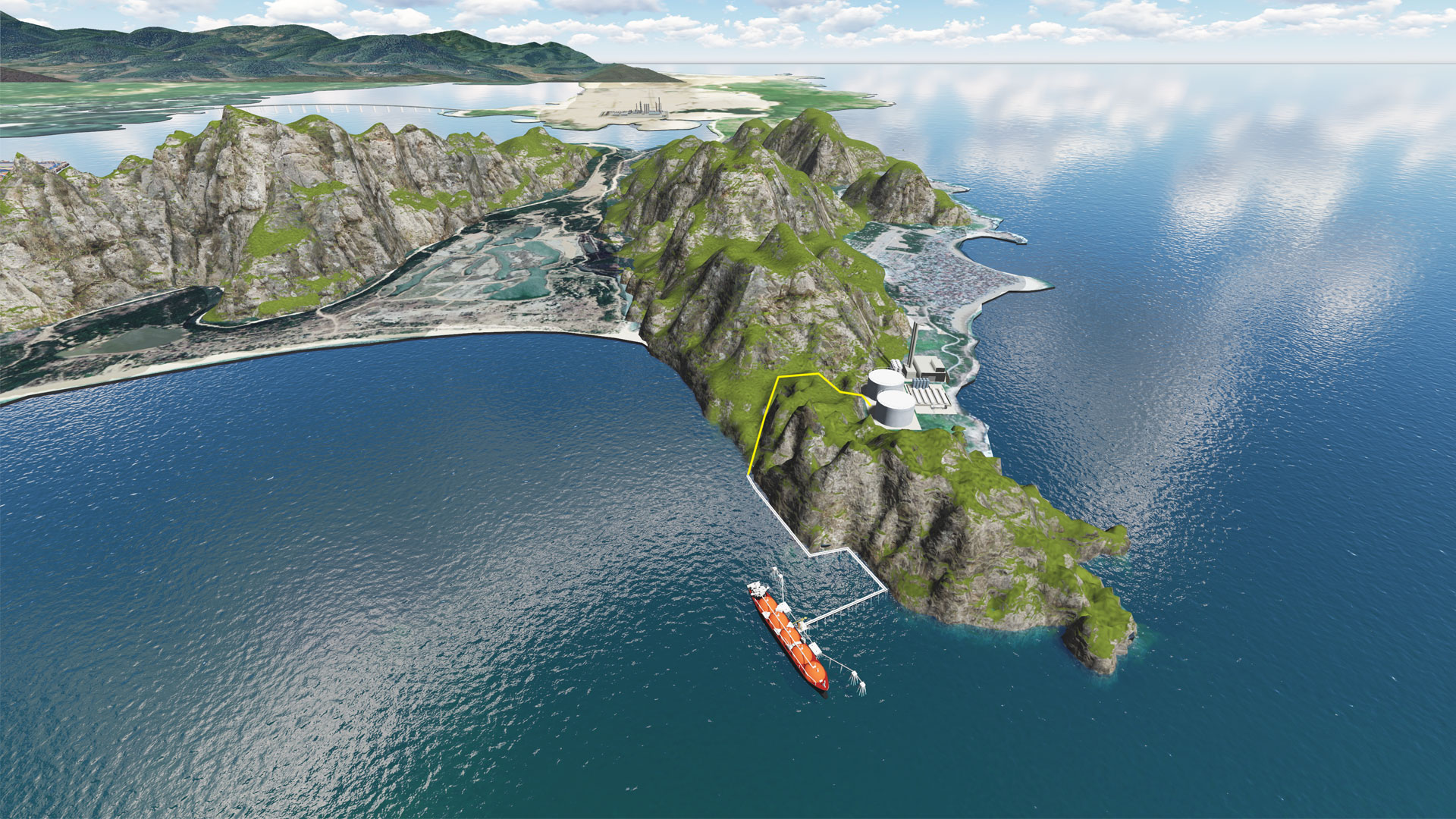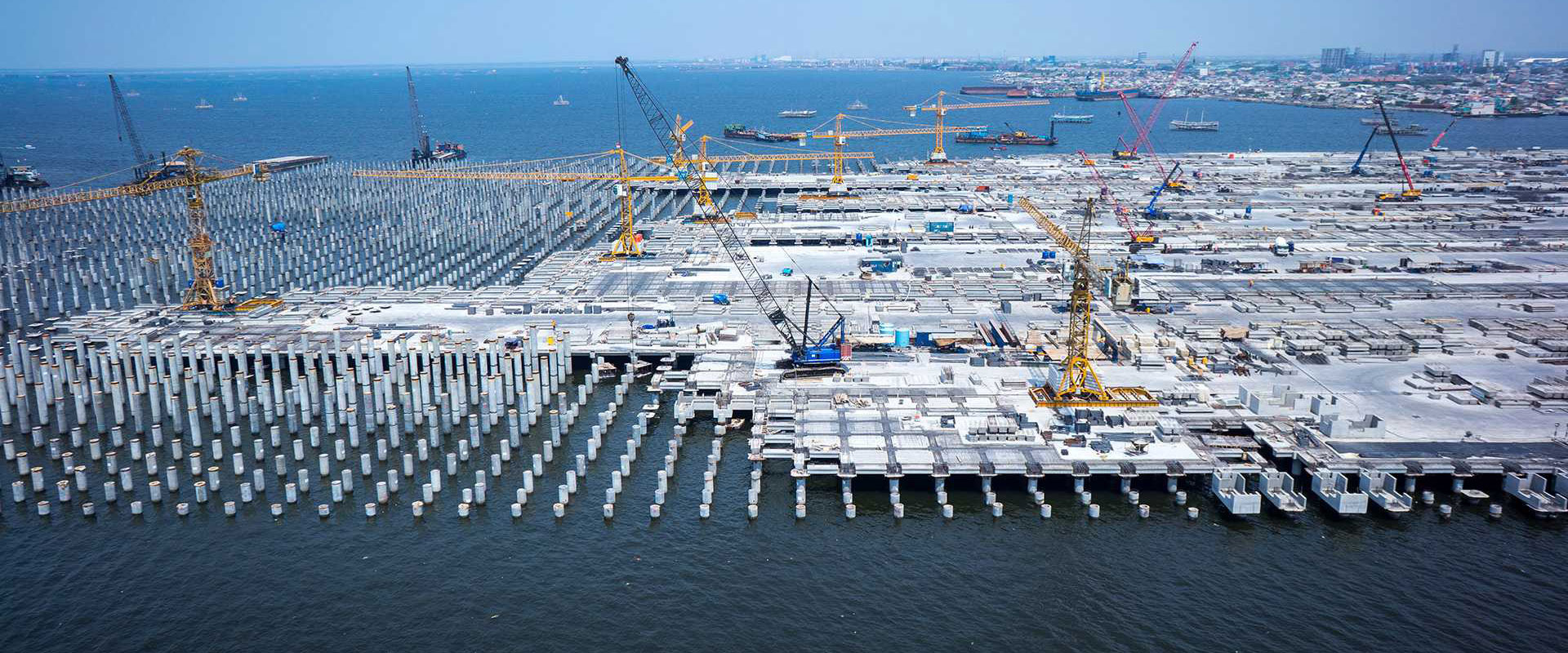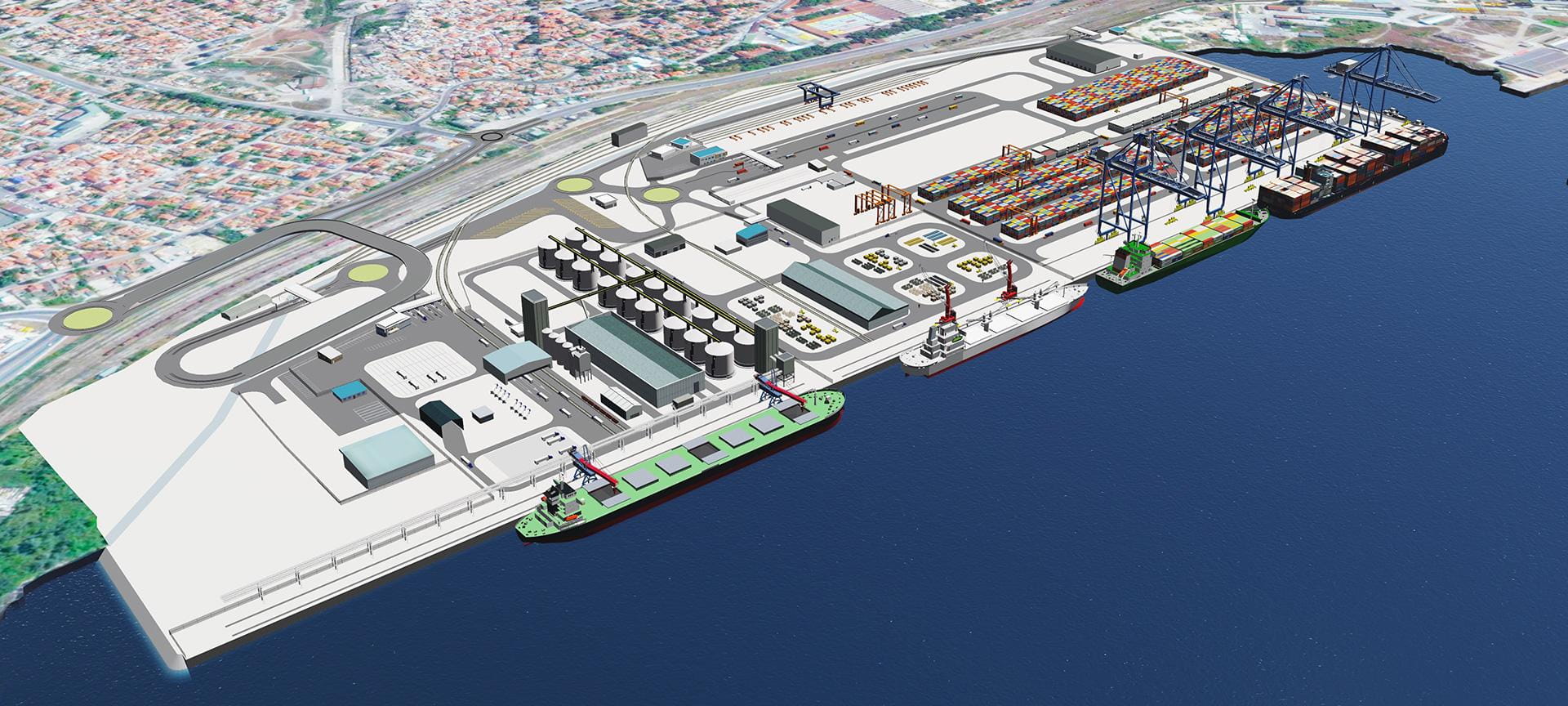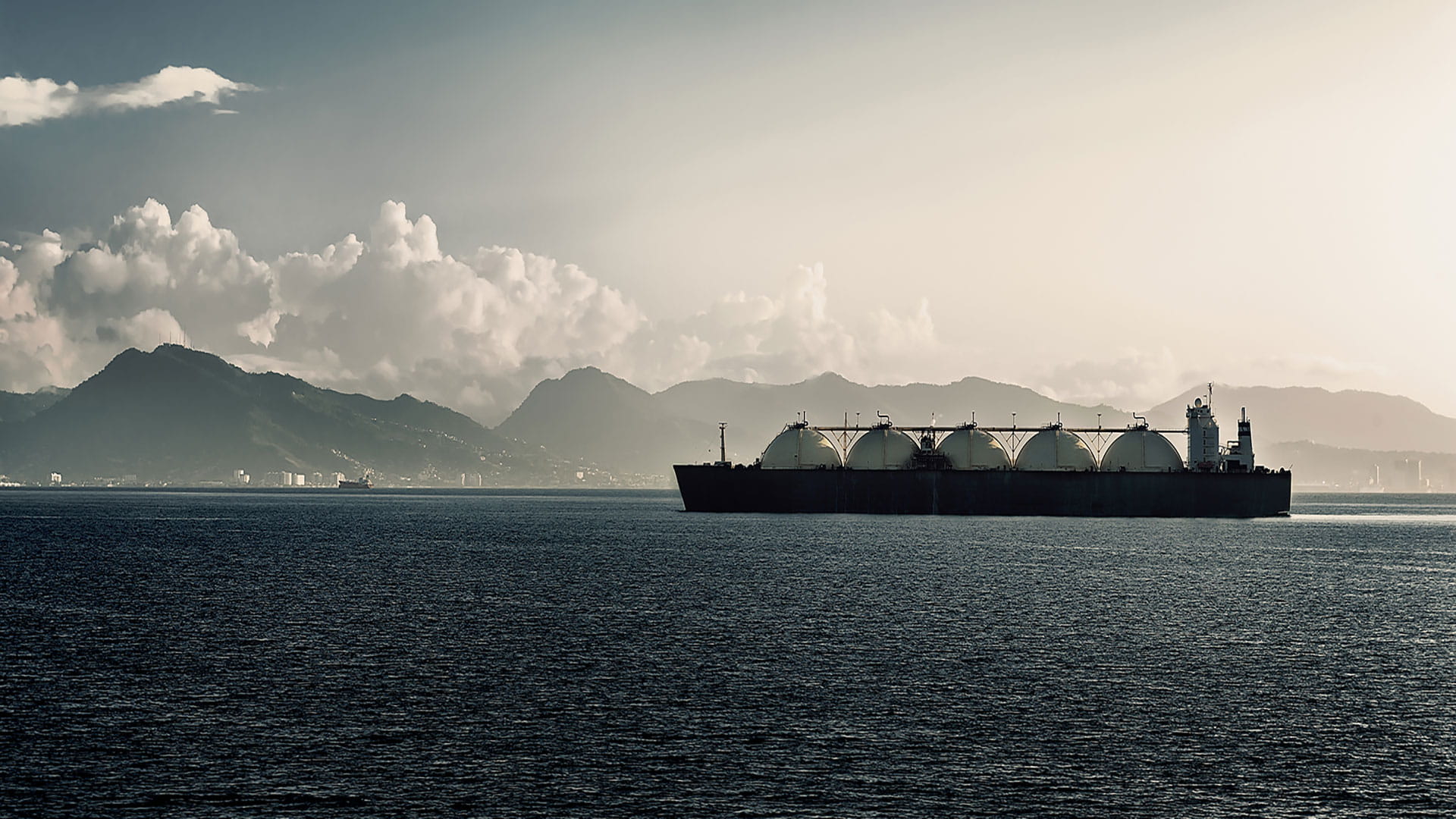Surveying 2,000km of coastline for optimal LNG-to-Powersite

Project facts
- LocationOffshore of Ca Mau coast, Vietnam
- Period02/2020 -08/2020
- ChallengeAdditional LNG-to-Power capacity needed to meet sustainable growth goals.
- Solution2,000km coastal survey to find optimal power station location with associated marine infrastructure.
Power plants will be the largest consumers of LNG in Vietnam, contributing 8% in 2025 and 11% in 2030 of generation capacity, based on Vietnam’s national Power Development Plan No. VII (PDP VII) forecast.
Our client was investigating the viability of importing LNG into Vietnam for power generation and wanted to survey the country’s entire coast to find potential full chain LNG-to-Power complex development locations.
Royal HaskoningDHV, together with the Institute of Energy Vietnam, carried out a successful screening study of Vietnam’s entire 2,000km coastline to find the most suitable site for the country’s new (LNG) power plant.
Our study identified a preferred location for a new onshore LNG-to-Power facility –complete with a floating offshore storage and regasification unit. For efficiency, an LNG Import Terminal and Combine-Cycled Gas Turbine (CCGT) power plant should be located close together, ensuring onshore pipelines are cost-effective. That is why we investigated 25 different provinces to short-list the 10 most feasible locations, developing a concept for each site and evaluating them against pre-defined criteria. The one year study concluded that Hai Phong cityin North Vietnam was the best location for the development due to its deep seabed depth for a port and the industrial city’s growing demand for electricity.




